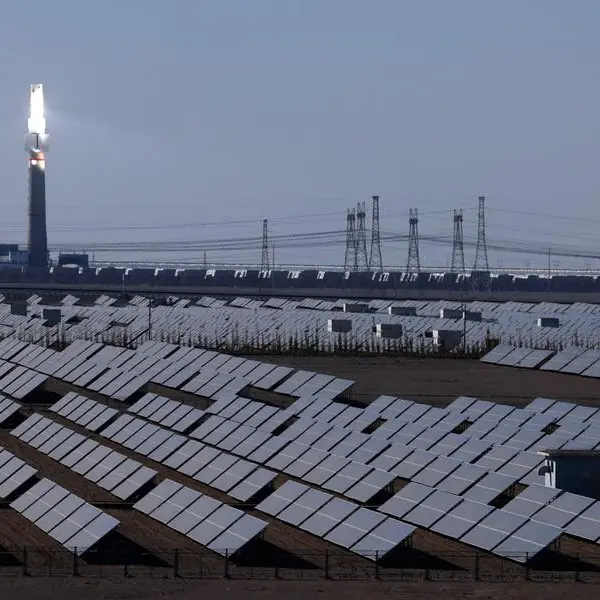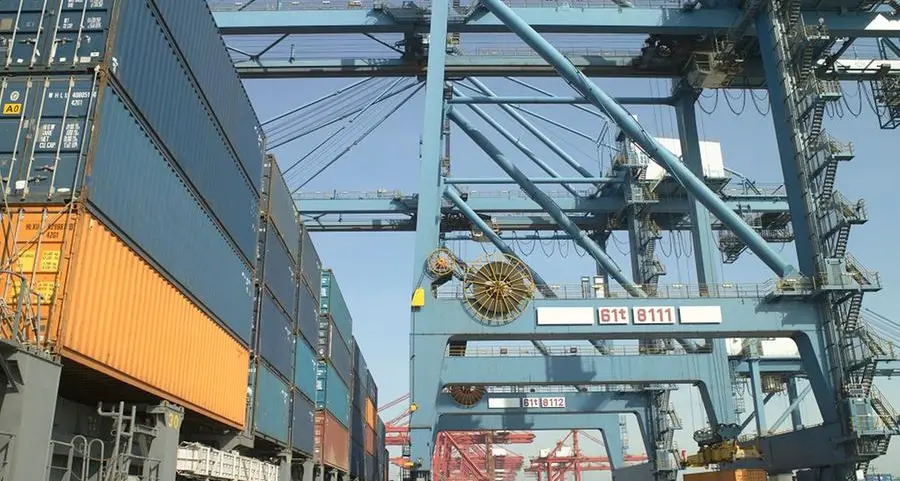PHOTO
(The opinions expressed here are those of the author, a market analyst for Reuters.)
LITTLETON, Colorado - Europe's power sector discharged more carbon dioxide during the first quarter of 2025 than in any quarter since the start of 2023 after a drop in clean energy output forced utilities to burn more coal and natural gas for power.
Power firms discharged nearly 390 million metric tons of CO2 during the January to March period, which is 23.5 million tons more than during the same months in 2024, according to data from energy think tank Ember.
The higher emissions toll during the opening quarter snaps a two-year streak of drops in first-quarter pollution in European power production, and raises the prospect of a reversal in the steadily declining trend in annual regional power emissions.
GROWTH DRIVERS
The main countries that have fuelled the rise in European power emissions are Germany, the Netherlands, Poland and the United Kingdom, which all lifted pollution from fossil fuel-fired generation to multi-year highs during the first quarter.
Year-over-year drops in clean power output in those countries have in turn been the main catalyst behind the rise in fossil fuel use.
Total clean power generation across Europe was 5% lower in January to March from the same months in 2024, although the output drops were more severe in Germany (down 19%) and the United Kingdom (down 9%), Ember data shows.
Wind power output has been particularly weak so far in 2025, with first-quarter wind generation in Germany down by 30% in January to March from the same months in 2024.
The Netherlands, Poland and the United Kingdom also registered wind output declines of around 20% or more over the same period.
Lower hydropower generation has also been a factor, with Germany, Poland and the United Kingdom recording drops of 26%, 43% and 18% respectively during January to March from January to March 2024.
OFFSETS
To compensate for the reduced clean energy supplies in key countries, Europe's power firms have had to increase supplies from fossil fuel plants.
Total fossil fuel fired power production in Europe was 7% higher during the first three months of 2025 compared to the same quarter in 2024.
Several major European power sectors have raised their fossil fuel generation by more than the regional average, including Germany (up 10%), the Netherlands (up 25%), Poland (up 11%) and the United Kingdom (up 19%).
Within Europe as a whole, coal and gas-fired production have both climbed by around 6% so far in 2025 compared to the same months last year.
However, at the individual country level, the swings in gas and coal-fired generation have been more pronounced.
In Germany, gas-fired electricity output remained largely flat during January to March from the same months in 2024, while coal-fired production climbed by 15%.
In the United Kingdom, gas-fired generation climbed by 23% during the first quarter of 2025 from the first quarter of 2024, while coal-fired generation dropped to zero due to the closure of Britain's last remaining coal-fired power plant.
The Netherlands and Poland increased output of both coal and gas-fired power during January to March 2025 from January to March 2024.
CLEAN SEASON
Going forward, higher solar output is expected throughout Europe as the region enters its peak solar radiation period.
That should coincide with reduced regional power demand for heating, and may allow utilities to lower generation from fossil fuels over the coming months.
But overall power demand is also driven by industrial activity, which has shown patchy growth so far in 2025 but could be hindered going forward by the new tariffs on U.S. goods imports recently imposed by the new Trump administration.
If regional manufacturing remains constrained by weak overall consumer demand, then regional power firms may be able to further reduce fossil fuel use and ensure full-year fossil fuel generation contracts again in 2025.
But if local manufacturing and industrial activity expands thanks to regional stimulus efforts and increased defense spending, power firms may be forced to elevate fossil fuel use, which could trigger a year-over-year swell in related emissions.
The opinions expressed here are those of the author, a market analyst for Reuters.
(Reporting By Gavin Maguire; Editing by Jamie Freed)
Reuters





















